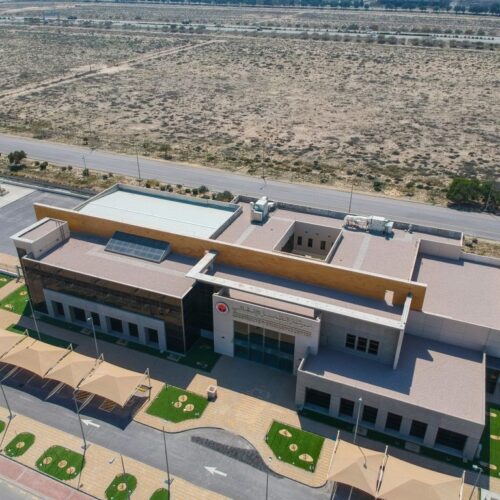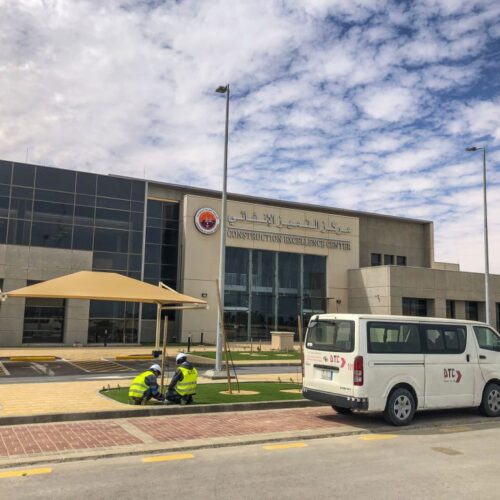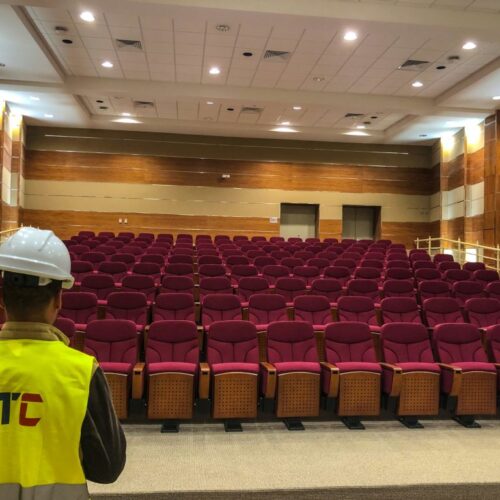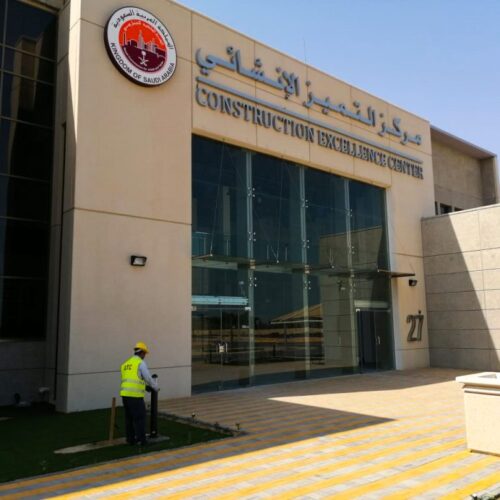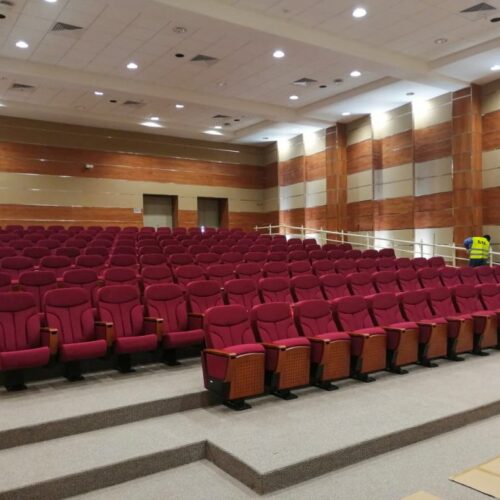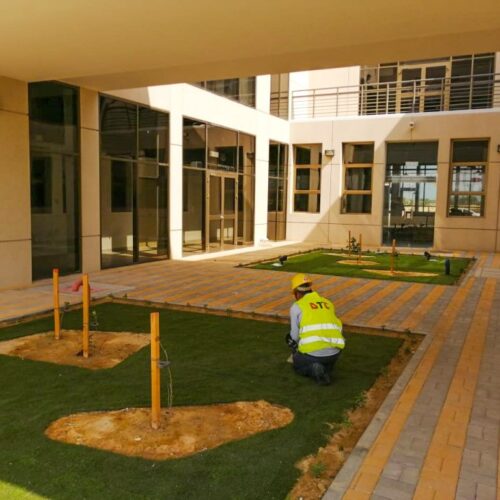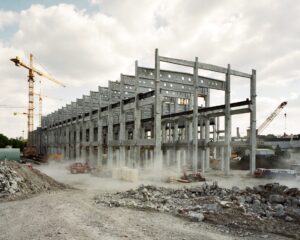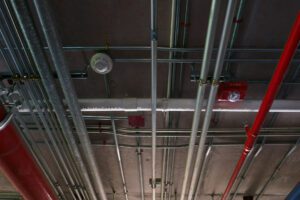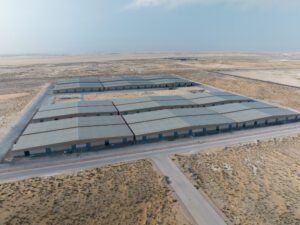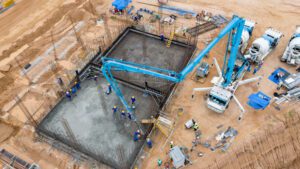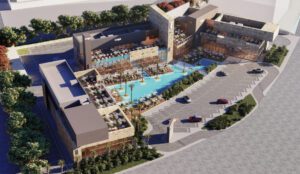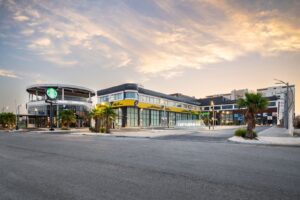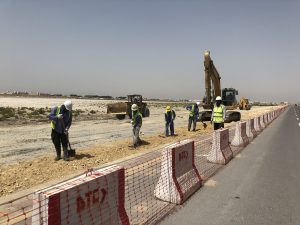Educational buildings must meet specific design specifications for robustness, vibration and acoustic management, and flexible space layout. Classroom dimensions and specifications for other more significant areas like specialist rooms and sports facilities are listed in Department for Education Building Bulletins. In the higher education sector, academic buildings with offices, lecture halls, classrooms, laboratories, and multi-story student dormitories with many bedrooms are the most common types of development. Fast construction programs that allow new buildings to be finished within one academic year, or even three months of the summer break in the case of building extensions, are essential for educational buildings. Another requirement is the flexible use of space to accommodate both present and future educational needs.
For the reasons listed above, steel construction has a substantial market share in all types of educational buildings. However, for larger student dormitories, particularly metropolitan campuses, the modular structure has taken over as the preferred construction method. In addition, shallow floor solutions have found a place in this market because of their improved vibration and acoustic performance and the possibility to alter the interior space by moving internal light steel walls.
Modern educational buildings must meet the highest performance standards, such as those for acoustics, thermal performance, and ventilation, and they must also offer flexible spaces to accommodate a range of applications. It’s also essential to consider how the structures might be modified and rearranged to accommodate evolving educational requirements. Emphasis is put on community involvement, the learning environment, and staff and student satisfaction. Therefore, strong, safe, and environmentally friendly performance are also necessary criteria. Since new academic, residential, and sports buildings are regularly constructed near active ones, the choice of structural system is essential.
Therefore, reducing disturbances like noise, delivery, vibration, and others is crucial. The cycle is concentrated on having the building finished in time for the start of the school year, giving time for handover and finishing touches. Usually, only 14 months for university buildings and 12 months for school facilities, the time available for new building construction is sometimes relatively limited. This means that quick construction typically entails a sizable proportion of off-site production and is a critical requirement for educational institutions. Benefits of steel construction include off-site manufacture and short turnaround times.
DTC Services
We work hard to provide various solutions to enhance educational institutions’ learning environments. We aim to design educational facilities that offer a comfortable learning environment while encouraging intuition and creativity. In this regard, we provide to increase classroom capacity, construct chemistry labs with safety emergency exits (where necessary), construct computer labs with flawless electrical wiring, install multimedia placement units in each classroom and construct additional facilities. Our objective is to satisfy not just our client, the building owner, but also the students who will study inside these structures. In addition, it serves as a method for DTC to give back to the community, which we love to do. We are already achieving this goal by choosing green business practices, but we never want to pass up a chance to give back to society.
The educational structures we have built so far make DTC feel honored. We are distinct from our rivals in that we fully appreciate the need for timely development in educational facilities. When expanding their current facility to accommodate more students, most educational institutions strive for quick construction.
Our crew is capable, dependable, and experienced, and they take care of all pertinent details when creating educational facilities, such as:
- Building Information Modelling (BIM) Coordination
- Community outreach program
- Comparative cost analysis to offer the cost estimation to customer
- Preconstruction services from general information to 3D design of the building
- Project specific safety and planning to ensure that all our staff follows safety protocols to protect themselves and act on safety standards for building construction as well
- Subcontractor procurement on the basis of high-quality and timely delivery


